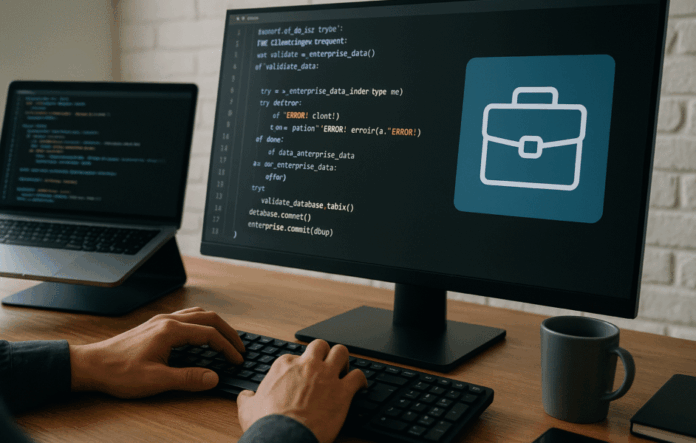Introduction to AI-Assisted Software Development
The world of software development is undergoing a significant transformation. The shift from human-written to AI-generated code is happening faster than predicted. Tech giants like Microsoft and Google are already using AI tools to generate up to 30% of their code, and Meta’s CEO, Mark Zuckerberg, has announced that half of Meta’s code will be AI-generated within a year. This trend is expected to continue, with some experts predicting that virtually all code will be AI-generated within the next year.
What is Vibe Coding?
Vibe coding is an intuitive approach to software development where developers collaborate with AI tools to generate code through natural language. This approach is gaining traction, but it has also sparked a debate about its potential impact on code quality. While some see it as a revolution in development practices, others are concerned that it could lead to a crisis in code quality. The reality lies somewhere in between, and the key to success lies in finding a balance between speed and quality.
The Importance of RAG Systems
Retrieval-Augmented Generation (RAG) systems are crucial for effective vibe coding. These systems fetch relevant code artifacts, documentation, and context from the codebase and use that information to guide code generation. This approach helps ensure that the generated code is context-aware and integrates well with existing systems. Without RAG systems, AI models can struggle with relevance and precision, leading to inconsistent results.
How RAG Systems Work
RAG systems identify and retrieve code that provides critical context for the task at hand. When building a new feature, these systems can automatically pull in related components, security policies, and test cases from across the codebase. This gives developers the complete picture needed to ensure new code works harmoniously with existing systems.
Reimagining Development Workflows
The traditional development workflow needs to be adapted to work with vibe coding. As AI assumes more of the implementation work, the entire process of software development must change. Developers need to evolve from writing every line of code to guiding AI systems toward desired outcomes. This shift demands new skills, and organizations need to formalize and incorporate these skills into their talent development.
The Evolving Role of Developers
Experienced practitioners are spending more time writing specifications rather than coding directly. This emphasis on upfront specification creates a more deliberate planning phase that traditional development sometimes rushed through. With strong and strategic specifications, developers can work with AI tools to generate code and return later to evaluate results.
Balancing Speed with Code Integrity
The biggest challenge in vibe coding is maintaining code integrity. While AI can quickly generate working solutions, it often overlooks crucial aspects like maintainability, security, and compliance with standards. Traditional code reviews can’t keep pace with the speed of AI generation, leaving potential problems undetected. Effective vibe coding must help enforce, not erode, quality standards.
The Risk of Technical Debt
The gap between "it works" and "it’s well-built" matters most in complex software. Built-in validation mechanisms and automated testing become essential when development velocity increases dramatically. A feature might function perfectly while containing duplicated logic, security vulnerabilities, or maintenance traps that only surface months later – creating technical debt that eventually slows development to a crawl.
Conclusion
Vibe coding represents a profound shift in how we create software, emphasizing intuition, creativity, and rapid iteration. However, this intuitive approach must be grounded in robust infrastructure that provides context, maintains quality, and ensures code integrity. The future belongs to organizations that can balance these seemingly contradictory forces: leveraging AI to accelerate development while simultaneously strengthening quality assurance processes. By focusing on effective RAG systems, reimagined workflows, and continuous code integrity checks, teams can harness the transformative potential of vibe coding without sacrificing the reliability and maintainability that professional software demands.

